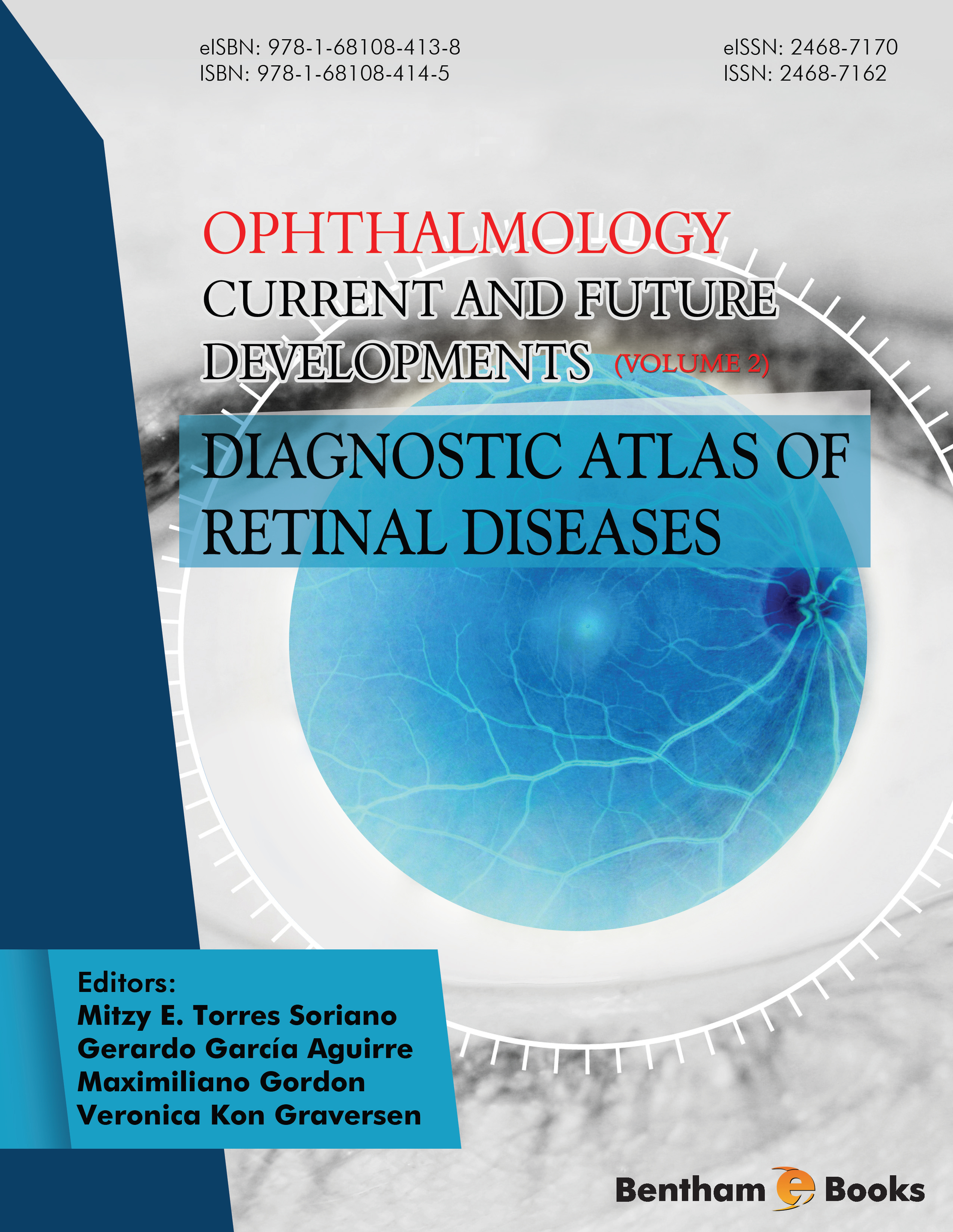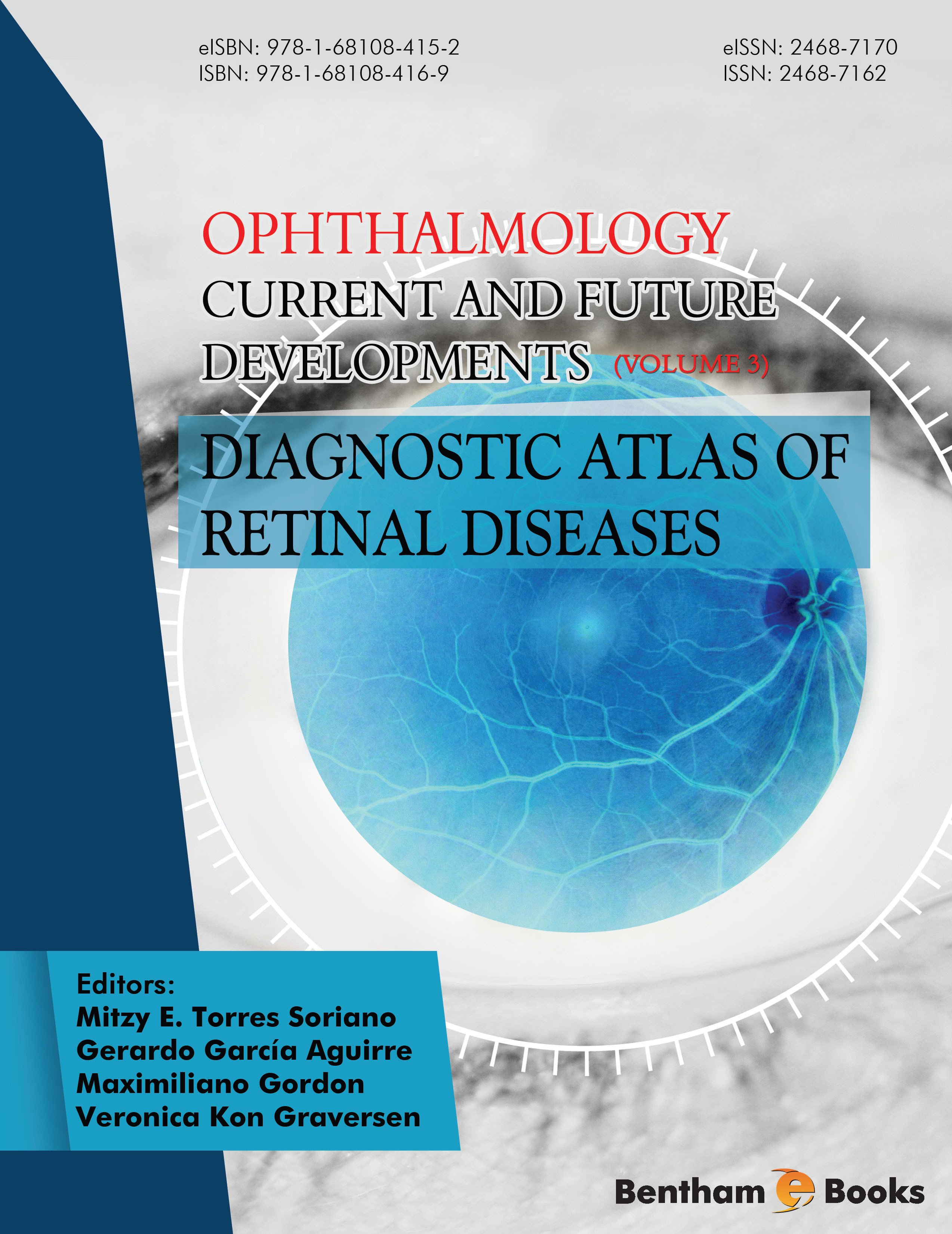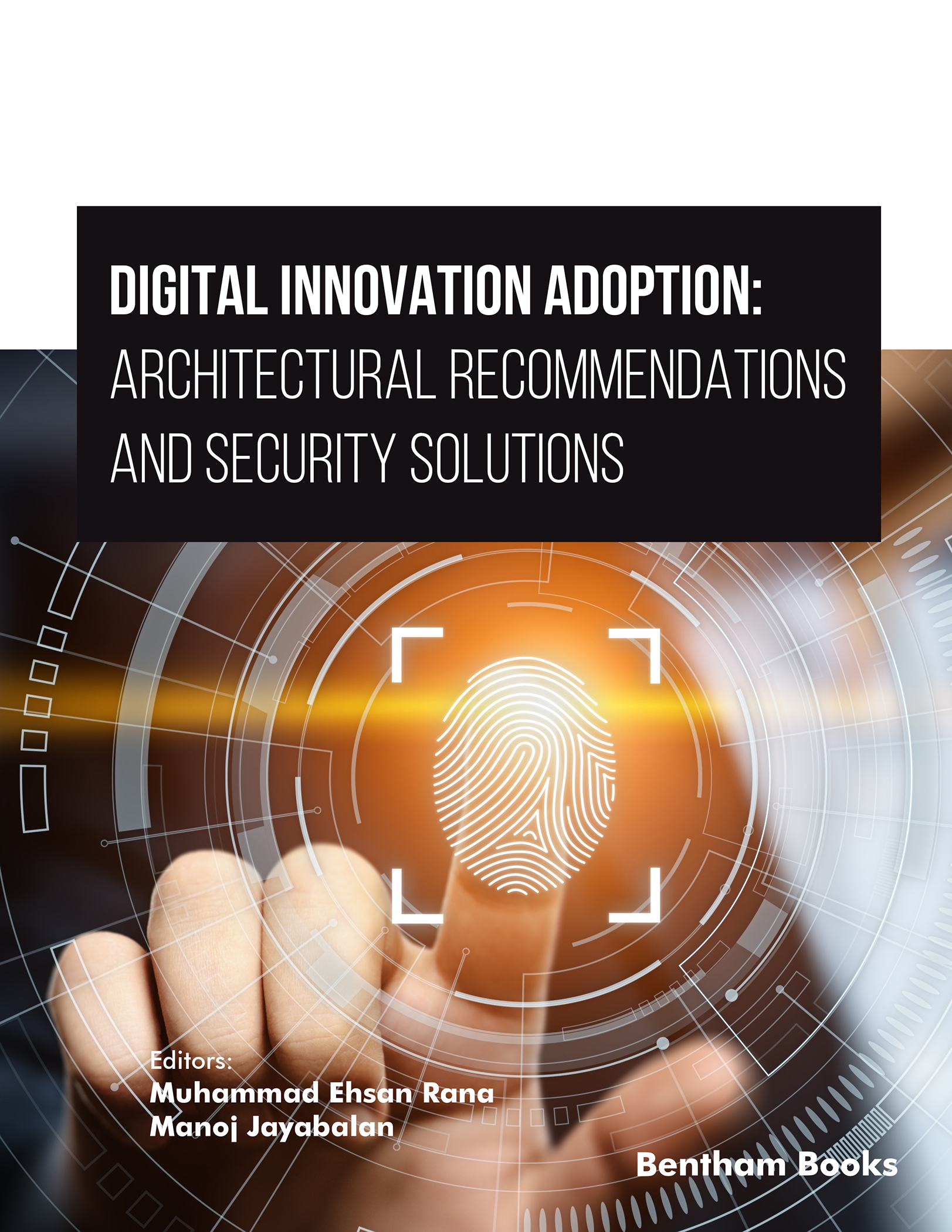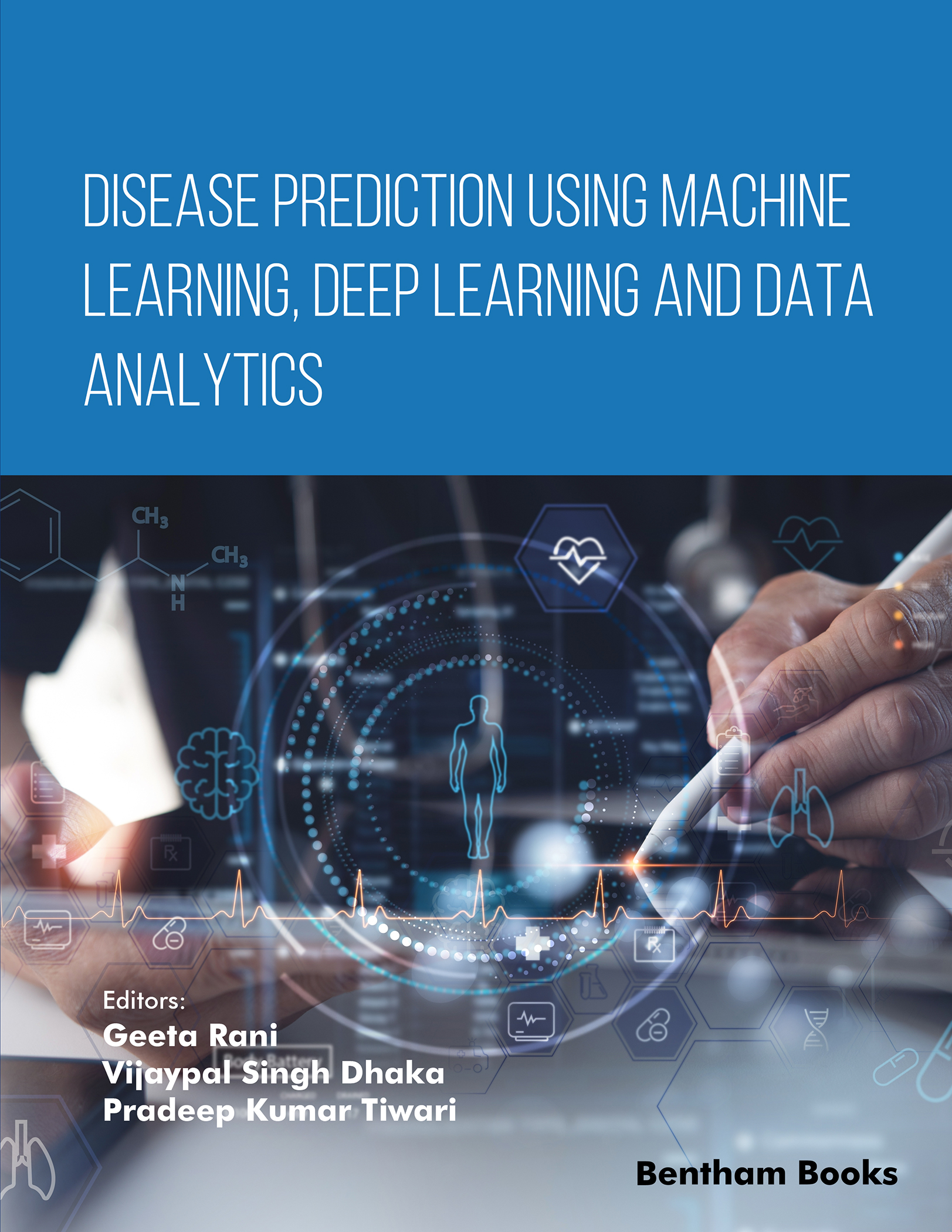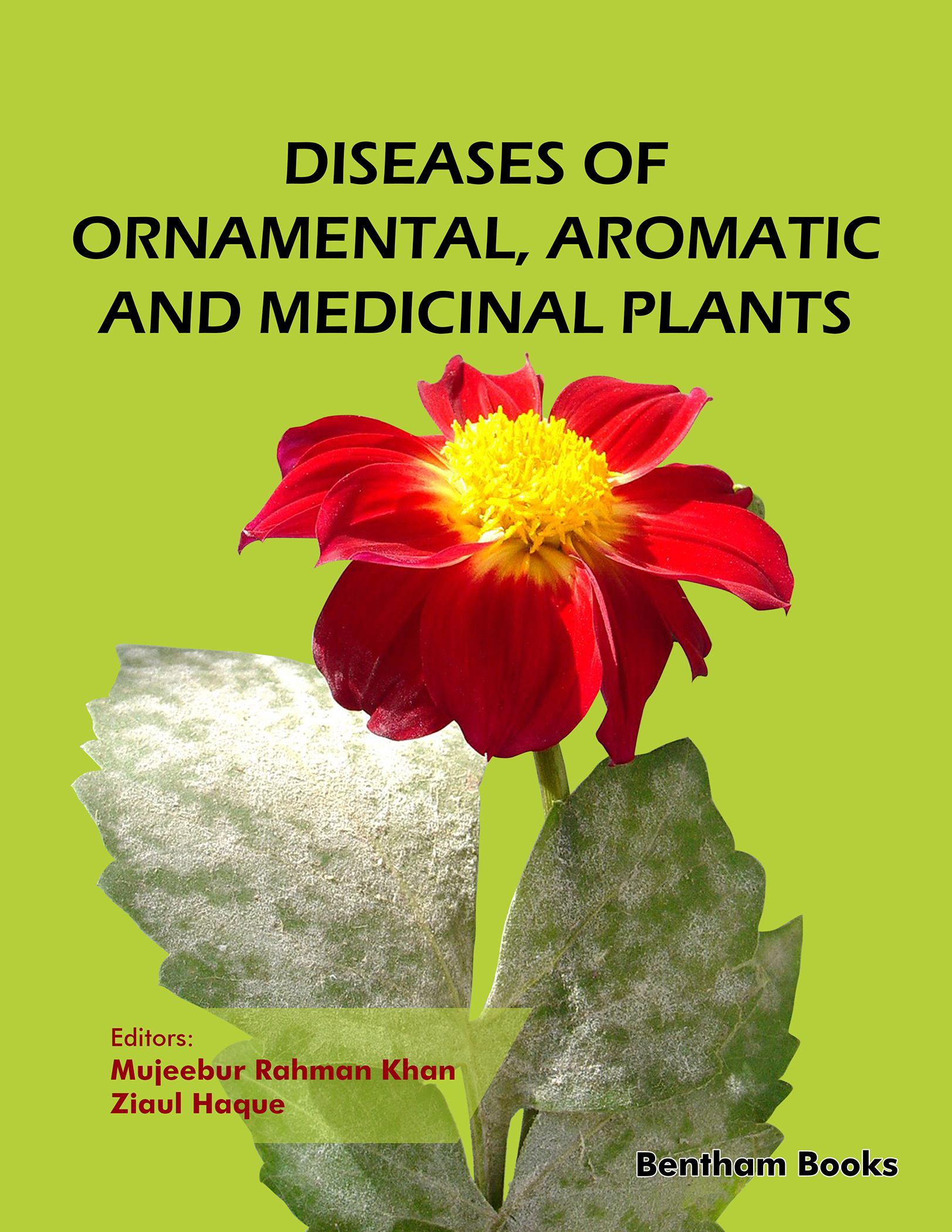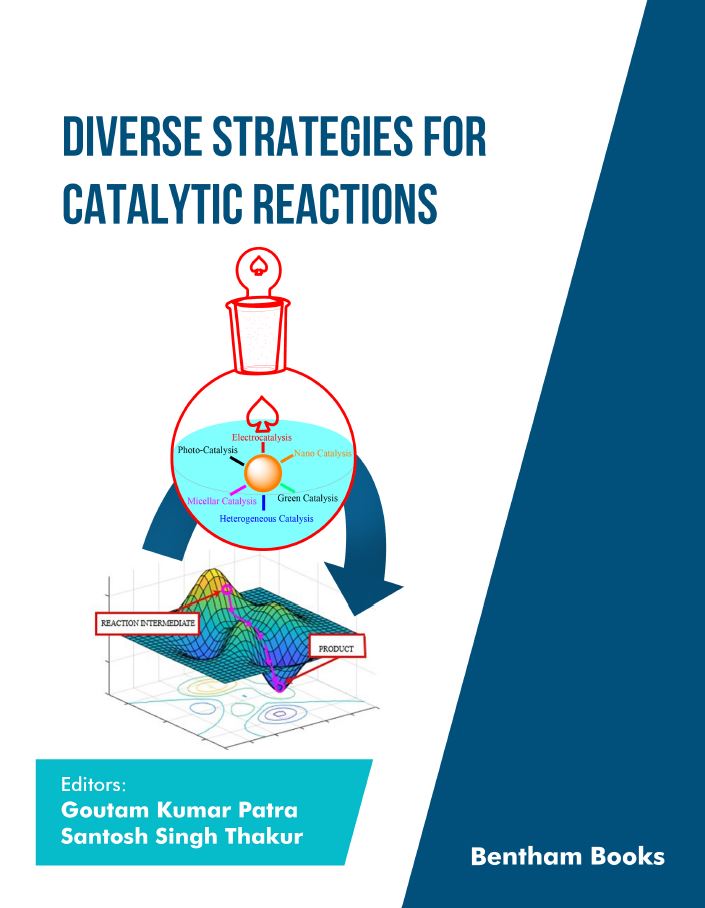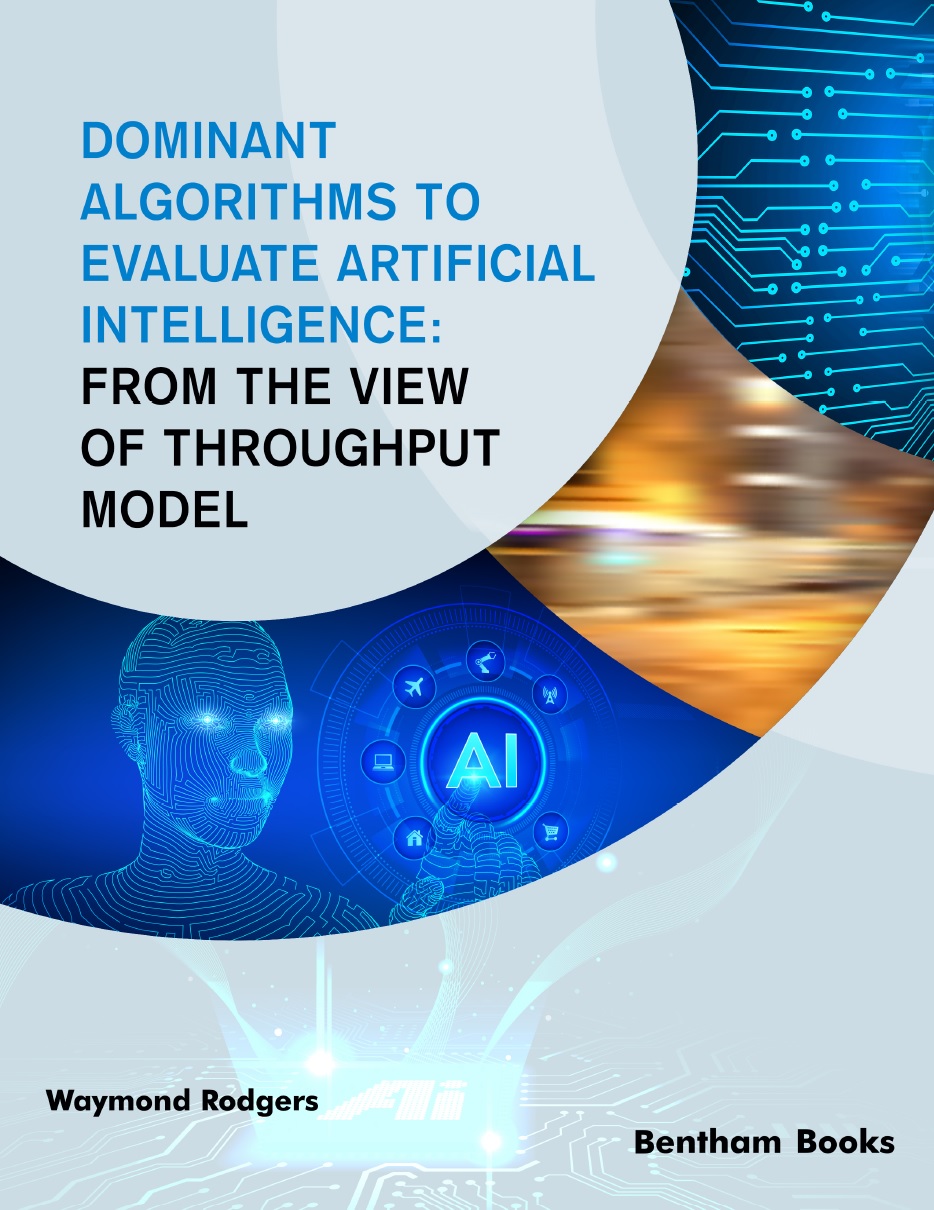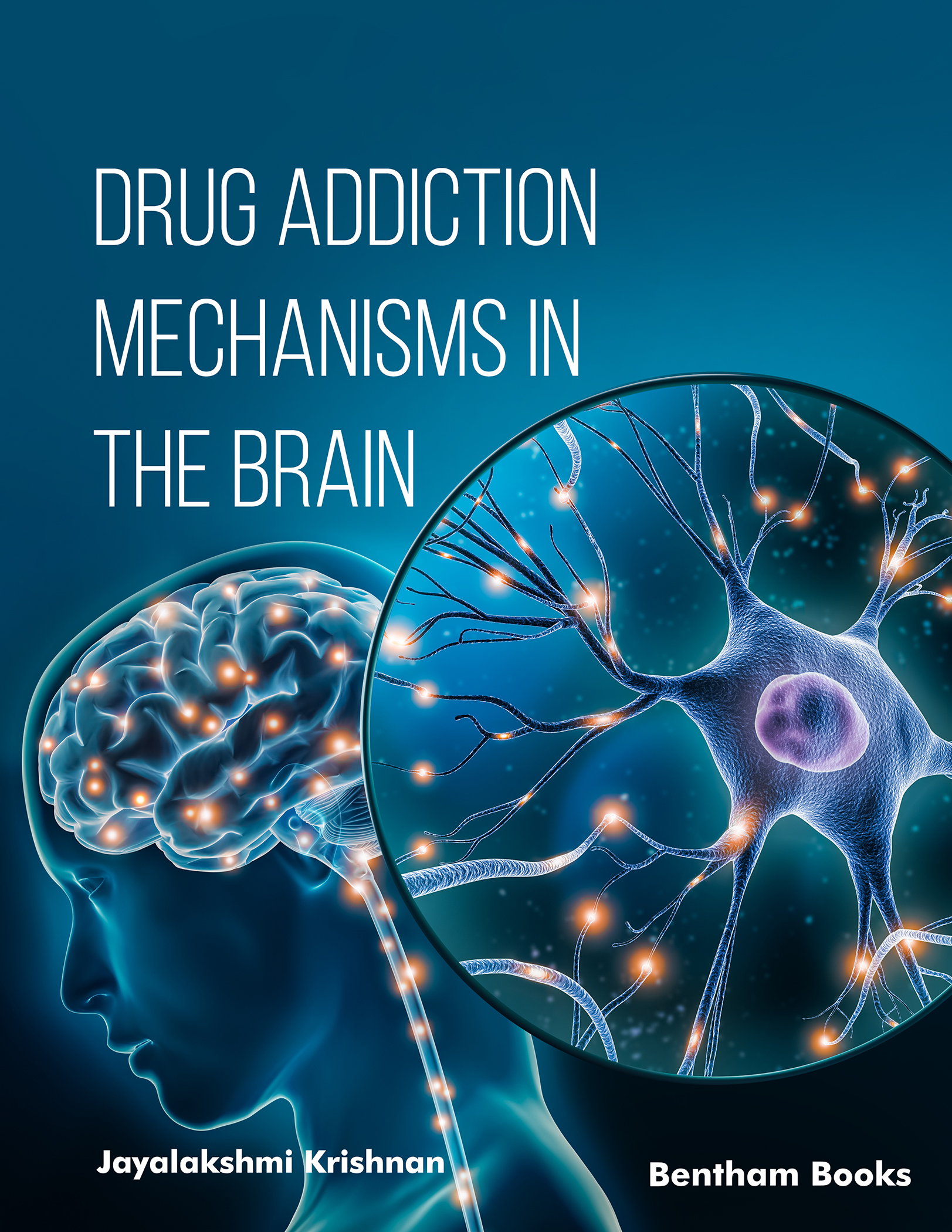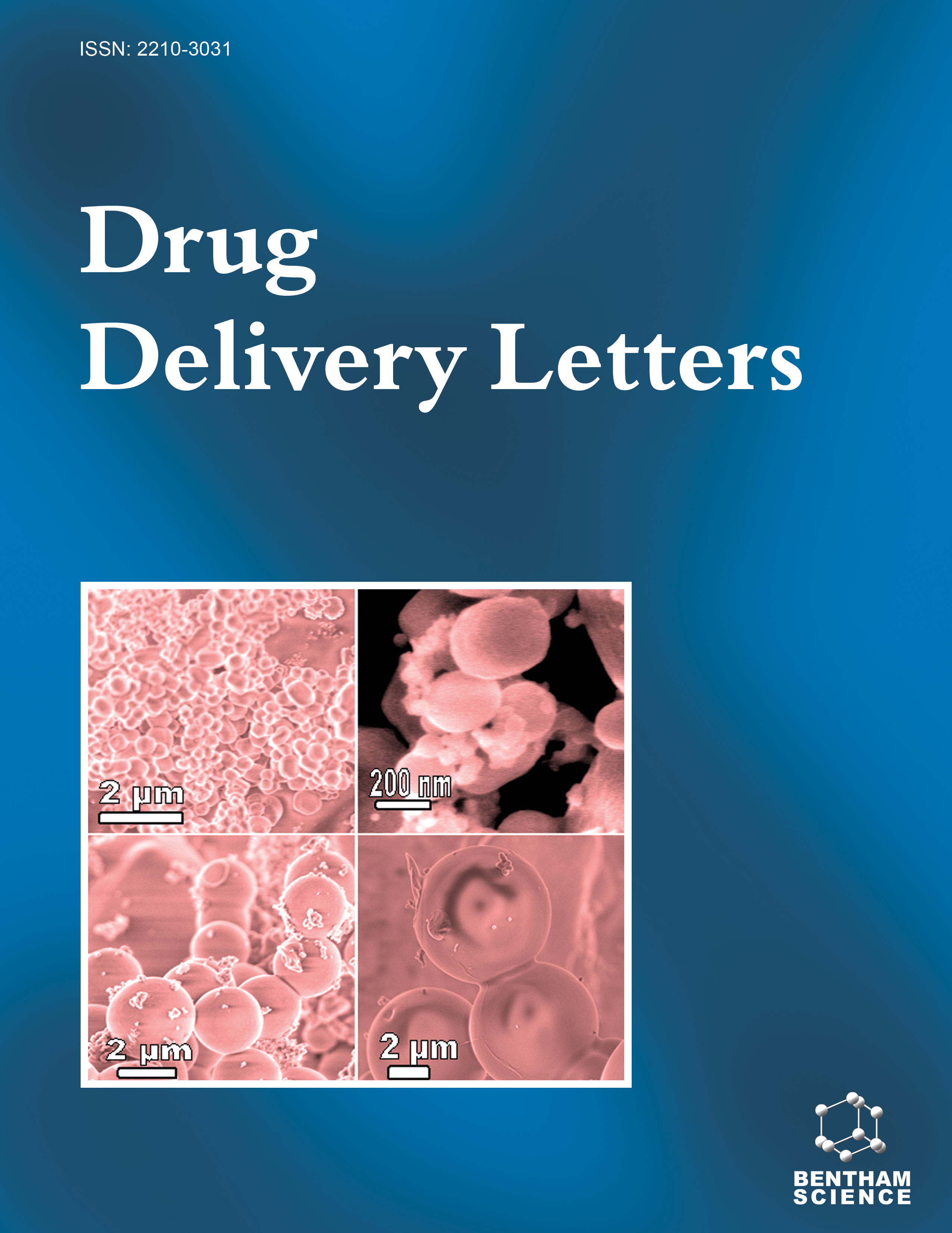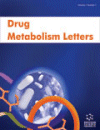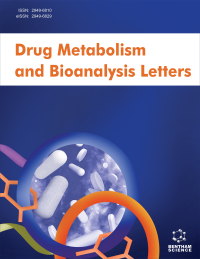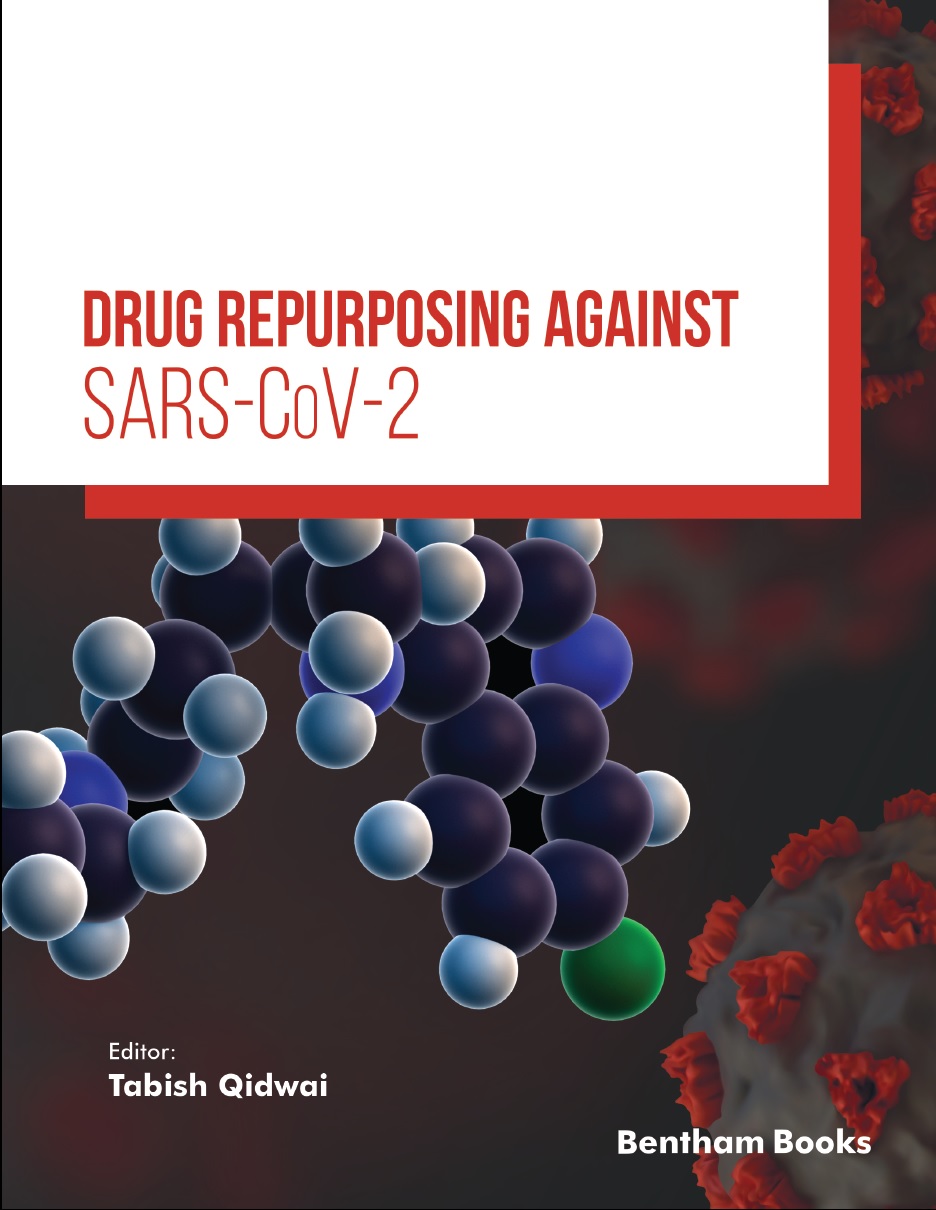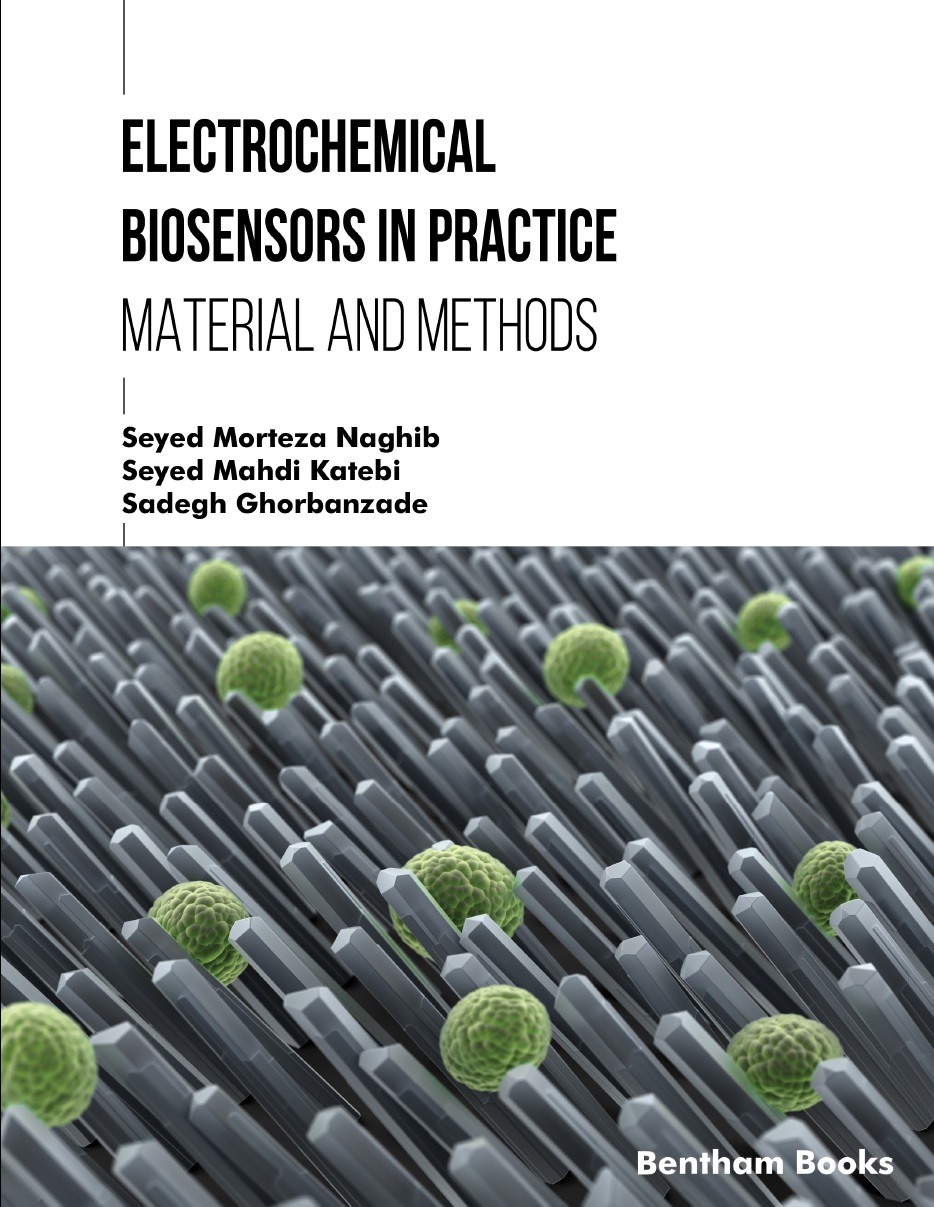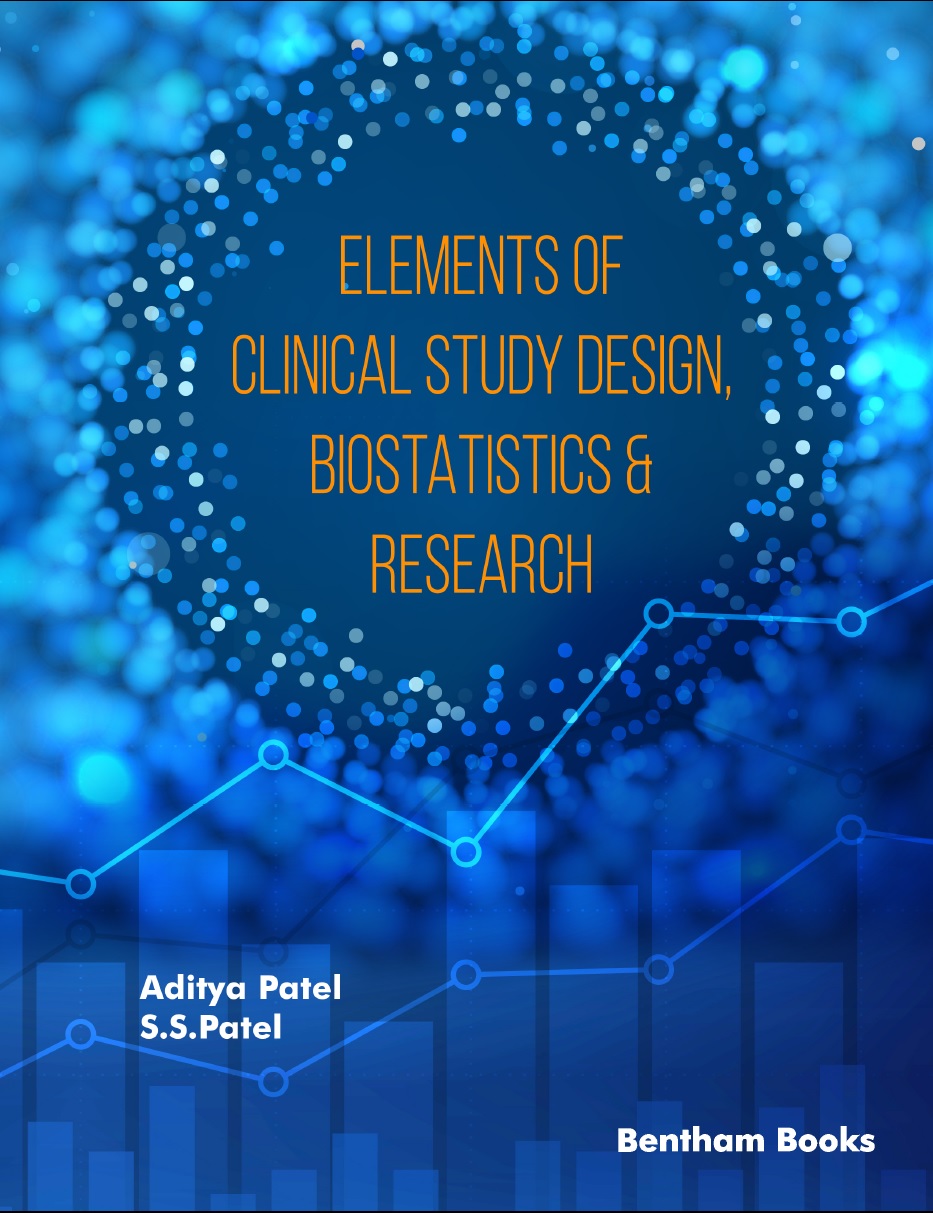- Home
- Publishers
- Bentham Science Publishers
Bentham Science Publishers
Bentham Science Publishers is a major publisher of more than 100 peer-reviewed science, technology and medical (STM) journals, along with a rapidly growing collection of eBooks. Since 1993, Bentham Science Publishers has been catering to the information needs of the pharmaceutical, engineering, biomedical and medical research community.321 - 340 of 812 results
-
-
Diagnostic Atlas of Retinal Diseases
Ophthalmology: Current and Future Developments: Volume 2
More LessThis 3 volume set offers a comprehensive compilation which presents detailed information about ophthalmic (retinal, vitreous and macular) diseases. Key features of this set include:
o Emphasis on practical features of clinical diagnosis
o Concise and didactic presentation of key manifestations of diseases designed for rapid reference and target recall
o A vast selection of illustrations to sharpen clinical problem-solving skills
o Step by step treatment approaches to enhance the reader's ability to handle medical cases
o Citations or relevant research articles in each chapter for further reading
The second volume of this set covers several choroid and retinal disorders including, commotio retinae, choroidal rupture and macular trauma, retinal breaks and detachment, and a variety of congenital / genetic eye diseases such as Bests disease and Stargardt disease. Written by a group of retina specialists, this book is an excellent resource for knowledge about retinal disorders. The streamlined format and evidence based medicine presented in the volume make this book the perfect reference for medical students, residents, general ophthalmologists and retina specialists.
-
-
-
Diagnostic Atlas of Retinal Diseases
Ophthalmology: Current and Future Developments: Volume 3
More LessThis 3 volume set offers a comprehensive compilation which presents detailed information about ophthalmic (retinal, vitreous and macular) diseases. Key features of this set include:
o Emphasis on practical features of clinical diagnosis
o Concise and didactic presentation of key manifestations of diseases designed for rapid reference and target recall
o A vast selection of illustrations to sharpen clinical problem-solving skills
o Step by step treatment approaches to enhance the reader's ability to handle medical cases
o Citations or relevant research articles in each chapter for further reading
The third volume of this set covers eye infections (bacterial and viral), inflammatory disorders and neoplasms. Written by a group of retina specialists, this book is an excellent resource for knowledge about retinal disorders. The streamlined format and evidence based medicine presented in the volume make this book the perfect reference for medical students, residents, general ophthalmologists and retina specialists.
-
-
-
Differential and Integral Calculus Theory and Cases
More LessDifferential and Integral Calculus - Theory and Cases is a complete textbook designed to cover basic calculus at introductory college and undergraduate levels. Chapters provide information about calculus fundamentals and concepts including real numbers, series, functions, limits, continuity, differentiation, antidifferentiation (integration) and sequences. Readers will find a concise and clear study of calculus topics, giving them a solid foundation of mathematical analysis using calculus. The knowledge and concepts presented in this book will equip students with the knowledge to immediately practice the learned calculus theory in practical situations encountered at advanced levels.
Key Features:
- Complete coverage of basic calculus, including differentiation and integration
- Easy to read presentation suitable for students
- Information about functions and maps
- Case studies and exercises for practical learning, with solutions
- Case studies and exercises for practical learning, with solutions
- References for further reading
-
-
-
Digital Economy, Sustainability and International Economic Law
Current and Future Developments in Law: Volume 3
More LessThis volume reviews issues that address the interconnection between digital economy, sustainability and international economic law. It covers a range of topics, including renewables subsidies, AI and corporate governance, digital currency, dispute resolution and new developments in trade law. The selection of chapters intends to illustrate how the digital economic, sustainable development goals and arrangements could influence and potentially shape international economic law, and how they are intertwined in an increasingly connected world. However, as the concepts of digital economy and sustainable development integrate unevenly into different fields of law, the selection focuses on some of the most visible influences in corporate and international trade law in Asia.
The chapters in this volume are written by eminent authorities who are devoted to the emerging multidisciplinary fields of international economic law. Contributions include structured sections with a concluding summary and reference list for the benefit of a broad range of readers.
This is a timely reference for legal scholars, practitioners and law students seeking updated and critical information from the perspective of an increasingly digital, and sustainability-focused global trade economy.
-
-
-
Digital Innovation Adoption: Architectural Recommendations and Security Solutions
More LessThis reference reviews the architectural requirements of IT systems that are designed to digitally transform business operations. It is a compilation of 7 timely reviews that demonstrate how adopting emerging technologies and examining the security-based concerns can lead to innovation in the business sector. The aim of the book is to guide scholars and business consultants on IT and business frameworks that can help new and existing organizations navigate the challenges posed by disruptive technologies to create a competitive advantage. The reviews are contributed by experts in business and information technology.
The chapters cover diverse topics related to technological advancements and digital security measures. Chapter 1 offers insights into accessing and securing patient medical records through a blockchain-based framework, detailing research methodology, scalability, and standards. Chapter 2 discusses cyber threats in IoT-connected cars, addressing vulnerabilities, attack methods, and defense strategies. Chapter 3 focuses on malware analysis and detection using machine learning techniques. Chapter 4 emphasizes on securing IoT-based home automation. Chapter 5 presents an IoT policy and governance reference architecture to ensure integrity and security across devices. Chapter 6 explores organizational security improvements to prevent deepfake ransomware. Finally, Chapter 7 examines the use of machine learning in credit card fraud detection, discussing challenges and control layers.
-
-
-
Digital Transformation in Education: Emerging Markets and Opportunities
More LessThe widespread digitalization of all aspects of life, including the disruption caused by the Internet and the invasion by artificial intelligence, necessitates rethinking educational transformation processes. The broader purpose of the digital transformation of education is to develop an effective educational system that fits the needs of the digital economy and guarantees easy access to information for stakeholders in this sector.
Digital Transformation in Education: Emerging Markets and Opportunities provides a comprehensive understanding of the emergence and evolution of digital technologies and artificial intelligence in the field of education. It presents 12 reviews that shed light on the various advantages and drawbacks of digital technology along with the opportunities and markets that are emerging because of such a digital education transition. Each chapter is written by a group of distinguished contributors and presents a detailed literature review, methodology (where appropriate), discussion and reference list. The book content equips educators at all levels with essential information required to adapt to educational technology in order to improve teaching, student support and learning outcomes.
This book is an informative resource for post-graduate scholars, academics, policymakers, educators, and researchers in pedagogy, learning theory, digital learning, communication and education research.
-
-
-
Disease Prediction using Machine Learning, Deep Learning and Data Analytics
More LessThis book is a comprehensive review of technologies and data in healthcare services. It features a compilation of 10 chapters that inform readers about the recent research and developments in this field. Each chapter focuses on a specific aspect of healthcare services, highlighting the potential impact of technology on enhancing practices and outcomes.
The main features of the book include 1) referenced contributions from healthcare and data analytics experts, 2) a broad range of topics that cover healthcare services, and 3) demonstration of deep learning techniques for specific diseases.
Key topics:
- Federated learning in analysis of sensitive healthcare data while preserving privacy and security.
- Artificial intelligence for 3-D bone image reconstruction.
- Detection of disease severity and creating personalized treatment plans using machine learning and software tools
- Case studies for disease detection methods for different disease and conditions, including dementia, asthma, eye diseases
- Brain-computer interfaces
- Data mining for standardized electronic health records
- Data collection, management, and analysis in epidemiological research
The book is a resource for learners and professionals in healthcare service training programs and health administration departments.
-
-
-
Diseases of Ornamental, Aromatic and Medicinal Plants
More LessPlant diseases in ornamental, aromatic and medicinal crops are common in occurrence, and account for up to 12-20% yield losses. Diseases of Ornamental, Aromatic and Medicinal Plants is a unique reference aimed to fulfil knowledge gaps on this subject. Nine chapters cover major diseases and nematode problems in important ornamental plants (cut flowers, potted flowers, flowering geophytes, and turfs), medicinal plants (tuberous and non-tuberous) and aromatic plants.
The book explains the etiology, symptoms, disease cycle, economic importance, distribution, and management of respective plants with advanced and sustainable approaches. The book is intended as a key resource for students, botanists and academics in plant science courses. It also serves as a quick guide for horticulture professionals and gardeners dealing with plant diseases and nematode infestations on premises.
-
-
-
Diverse Strategies for Catalytic Reactions
Catalysis: Current and Future Developments: Volume 2
More LessDiverse Strategies for Catalytic Reactions is a compelling exploration of catalysis, a cornerstone in chemical sciences that has propelled the evolution of chemical manufacturing at the industrial scale.
Highlighting the distinctive characteristics of catalysis, the book delves into pivotal topics and subfields. It underscores the revolutionary role catalysis plays in novel design, synthesis, and energy-efficient development, while minimizing side products, promoting atom economy, and embracing green chemistry principles. The comprehensive contents of this book include an array of chapters by experts, each addressing a specific catalytic approach, such as recent advances in electrocatalysis, nano-catalysis for selective oxidation, micellar catalysis, green catalysts, and more. Each of the 7 book chapters includes a summary and list of references for a broad range of readers. Readers will understand the range of chemical engineering strategies that are used to speed up reactions and synthesize molecules of interest. With its rich insights and practical applications, this book serves as an invaluable reference for graduate students, researchers, and professionals across academic and industrial domains.
-
-
-
Dominant Algorithms to Evaluate Artificial Intelligence: From the view of Throughput Model
More LessThis book describes the Throughput Model methodology that can enable individuals and organizations to better identify, understand, and use algorithms to solve daily problems. The Throughput Model is a progressive model intended to advance the artificial intelligence (AI) field since it represents symbol manipulation in six algorithmic pathways that are theorized to mimic the essential pillars of human cognition, namely, perception, information, judgment, and decision choice. The six AI algorithmic pathways are (1) Expedient Algorithmic Pathway, (2) Ruling Algorithmic Guide Pathway, (3) Analytical Algorithmic Pathway, (4) Revisionist Algorithmic Pathway, (5) Value Driven Algorithmic Pathway, and (6) Global Perspective Algorithmic Pathway.
As AI is increasingly employed for applications where decisions require explanations, the Throughput Model offers business professionals the means to look under the hood of AI and comprehend how those decisions are attained by organizations.
Key Features:
- Covers general concepts of Artificial intelligence and machine learning
- Explains the importance of dominant AI algorithms for business and AI research
- Provides information about 6 unique algorithmic pathways in the Throughput Model
- Provides information to create a roadmap towards building architectures that combine the strengths of the symbolic approaches for analyzing big data
- Explains how to understand the functions of an AI algorithm to solve problems and make good decisions
- informs managers who are interested in employing ethical and trustworthiness features in systems.
Dominant Algorithms to Evaluate Artificial Intelligence: From the view of Throughput Model is an informative reference for all professionals and scholars who are working on AI projects to solve a range of business and technical problems.
-
-
-
Drug Addiction Mechanisms in the Brain
More LessDrug Addiction Mechanisms in the Brain explores the fascinating world of drug substances and their effects on the brain. This book provides a comprehensive overview of the ten major substances that contribute to drug addiction Information about each substance is presented in a specific chapter, shedding light on their biochemical mechanisms and physiological effects. From the stimulating effects of cocaine to the sedative properties of heroin, and the hallucinogenic experiences induced by LSD, the book takes the reader through the intricate pathways of addiction. Other substances covered in the book include alcohol, nicotine, MDMA, METH, morphine, ketamine, and fentanyl. Readers will gain an understanding about neurochemical alterations in the brain Anyone looking for interesting knowledge about the addictive nature of common drugs and their complex interplay with the brain will find this book informative.
-
-
-
Drug Delivery Letters
More LessDrug Delivery Letters publishes short papers in all important aspects of drug delivery, gene delivery, and drug targeting. Short papers report seminal results and research approaching conclusion of importance in the field.
The journal scope covers all basic and applied research in drug delivery and targeting at molecular and cellular levels and novel delivery systems. The manuscript submission process is fully electronic , to ensure the rapid publication of research results.
-
-
-
Drug Metabolism Letters
(Continued as Drug Metabolism and Bioanalysis Letters)
More LessDrug Metabolism Letters publishes short papers on major advances in all areas of drug metabolism and disposition. The emphasis will be on publishing quality papers very rapidly. Letters will be processed rapidly by taking full advantage of the Internet technology for both the submission and review of manuscripts. The journal covers the following areas:
In vitro systems including CYP-450; enzyme induction and inhibition; drug-drug interactions and enzyme kinetics; pharmacokinetics, toxicokinetics, species scaling and extrapolations; P-glycoprotein and transport carriers; target organ toxicity and interindividual variability; drug metabolism and disposition studies; extrahepatic metabolism; phase I and phase II metabolism; recent developments for the identification of drug metabolites, reactive intermediate and glutathione conjugates.
-
-
-
Drug Metabolism and Bioanalysis Letters Formerly: Drug Metabolism Letters
More LessDrug Metabolism and Bioanalysis Letters publishes letters, original research articles, mini-reviews, thematic issues based on mini-reviews and letters, commentaries, technical notes and drug clinical trial studies on major advances in all areas of drug metabolism and bioanalysis.
In vitro systems including CYP-450; enzyme induction and inhibition; drug-drug interactions and enzyme kinetics; pharmacokinetics, toxicokinetics, species scaling and extrapolations; P-glycoprotein and transport carriers; target organ toxicity and interindividual variability; drug metabolism and disposition studies; extrahepatic metabolism; phase I and phase II metabolism; bioactivation; recent developments for the identification of drug metabolites, reactive intermediate and glutathione conjugates. LC/MS and other key detection methods, including ligand binding assays, sample preparation, chromatography and separation sciences, method development and validation with applications in drug and metabolite assays, pharmacokinetic/toxicokinetic assays, biomarker assays, immunogenicity assays, diagnostic assays.
-
-
-
Drug Repurposing Against SARS-CoV2
More LessDrug repurposing is a cost-effective method of discovering new treatments for diseases than traditional drug development methods. It involves virtual screening of chemical candidates with the aid of computational methods like molecular docking. Drug Repurposing against SARS-CoV2 focuses on current trends in drug repurposing against the novel coronavirus strains. The book aims to give readers an overview of drug repurposing against COVID-19 and various techniques involved in the process. The book consolidates available information on the pathophysiology, drug targets, and drug repurposing against COVID-19 into a single, convenient resource. Key features -An up-to-date compilation of the evidence that supports the drug repurposing for COVID-19. -How to use repurposing of available drugs for disease therapy. -Provides an improved understanding of pathophysiology and SARS-CoV2 viral entry pathways. - Provides references for further reading
-
-
-
Drugs Sex, And Crime - Empirical Contributions
More LessThis book covers some recent researches on the interface between drug misuse and crime and demonstrates that some types of violent crimes are more intimately related to alcohol and / or drug consumption. It is written for researchers, health and law professionals engaged in the evaluation, management and treatment of different types of offenders. It is organized by a number of phenomena that are known (or supposed) to link drugs and crime. This book shows that the application of punishment under the guise of deterrence, despite its ineffectiveness, is frequently preferred to a more adequate management for some types of offenders. This book provides ten manuscripts that describe different aspects of the relationship between drugs and crimes, always focusing on Brazilian reality. It shows that a partnership between specialized mental health professionals, lawyers and policy makers is urgent with respect to this subject in Brazil and other countries.
-
-
-
Ecological Impacts of Toxic Chemicals
More LessEcological Impacts of Toxic Chemicals presents a comprehensive, yet readable account of the known disturbances caused by all kinds of toxic chemicals on both aquatic and terrestrial ecosystems. Topics cover the sources of toxicants, their fate and distribution through the planet, their impacts on specific ecosystems, and their remediation by natural systems. Each chapter is written by well-known specialists in those areas, for the general public, students, and even scientists from outside this field. The book intends to raise awareness of the dangers of chemical pollution in a world dominated by industry and globalization of resources. Because the problems are widespread and far reaching, it is hoped that confronting the facts may prompt better management practices at industrial, agricultural and all levels of management, from local to governmental, so as to reduce the negative impacts of chemical contaminants on our planet.
-
-
-
Electrochemical Biosensors in Practice: Material and Methods
More LessA biosensor is an integrated receptor-transducer device that converts a biological response into an electrical signal. The design and development of biosensors have taken center stage for researchers or scientists in the recent decade owing to the wide range of biosensor applications in healthcare and disease diagnosis, environmental monitoring, water and food quality, and drug delivery. Due to their adaptability, ease of use in relatively complex samples, and portability, the significance of electrochemical biosensors in analytical chemistry has increased manifold. Electrochemistry has been pivotal in developing transduction methods for biological processes and biosensors. In parallel, the explosion of activity in nanoscience and nanotechnology and their huge success have profoundly affected biosensor technology, opening new avenues of research for electrode materials and transduction.
Electrochemical Biosensors in Practice: Material and Methods particularly explores the use of silver and gold nanoparticles for signal amplification, photocurrent transduction, and aptamer design. Therefore, the book serves as an introductory text for those specializing in biosensors and bioelectronics and their practical applications.
Key features
Includes structured information for easy understanding of the subject
Provides an introduction to biosensors and electrochemical biosensor classification
Explains fundamental concepts and practical electrochemistry techniques for research
Provides notes on essential electrochemical sensor materials such as graphene, carbon nanotubes, conductive polymers, and other advanced materials
Provides information about electrochemical biosensor development
Informs readers about recent applications and research findings
Includes references for further reading
-
-
-
Elements of Clinical Study Design, Biostatistics & Research
More LessElements Of Clinical Study Design, Biostatistics & Research is designed as a toolbox for biomedical researchers. The book's primary focus is on applications in clinical research, and will benefit students and researchers involved in the biomedical field. This book addresses the problems that many practitioners experience in choosing and implementing fit-for-purpose data analysis methods to answer critical inferential questions for binomial and count data. The book is written in simple language avoiding complex derivations and mathematical formulae allowing it to explain the most basic concepts of research methodology. Making good use of numerous tables, graphs and tips, this book demystifies the process for readers.
7 structured Chapters take the reader through the entire research process: choosing a question, designing a study, collecting the data, using univariate, bivariate, and multivariable analysis, and publishing the results. Each chapter discusses the strengths and weaknesses of the methods and suggests practical recommendations. An appendix on ethical research guidelines, along with a glossary and reference list comprehensively round up the book contents.
It gives students and practitioners a multidisciplinary understanding of the concepts and techniques involved in designing, monitoring, and analyzing various types of studies. The book's balanced set of homework assignments and in-class exercises are appropriate for students and researchers in the areas of biostatistics, epidemiology, medicine, pharmacy, and public health.
-

